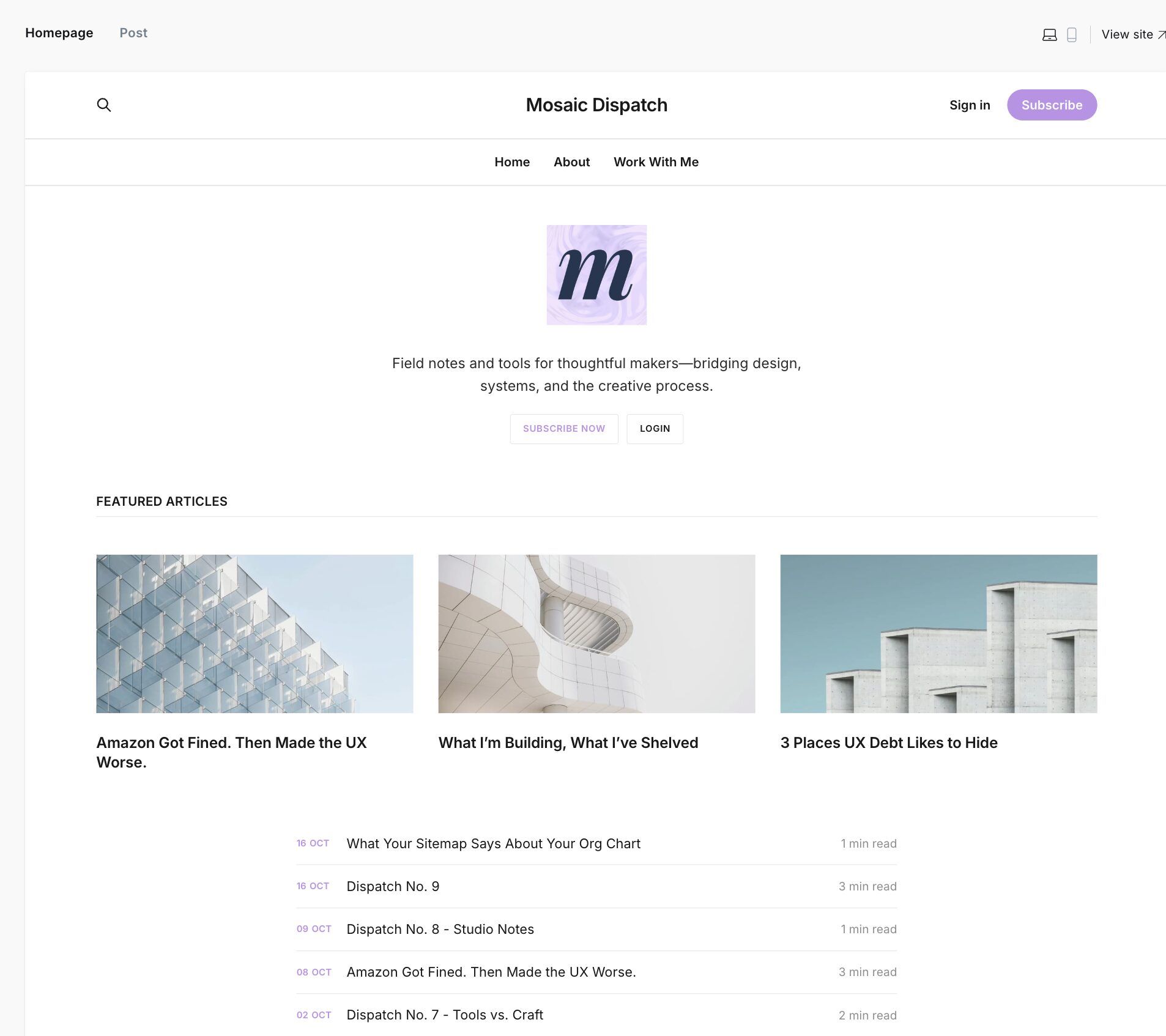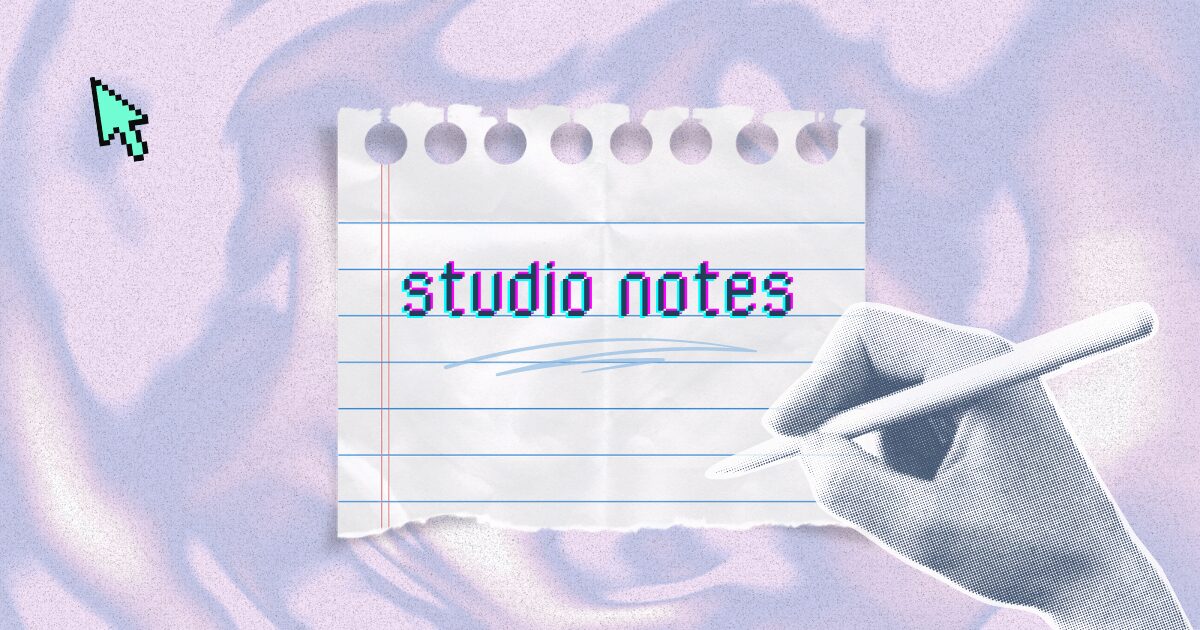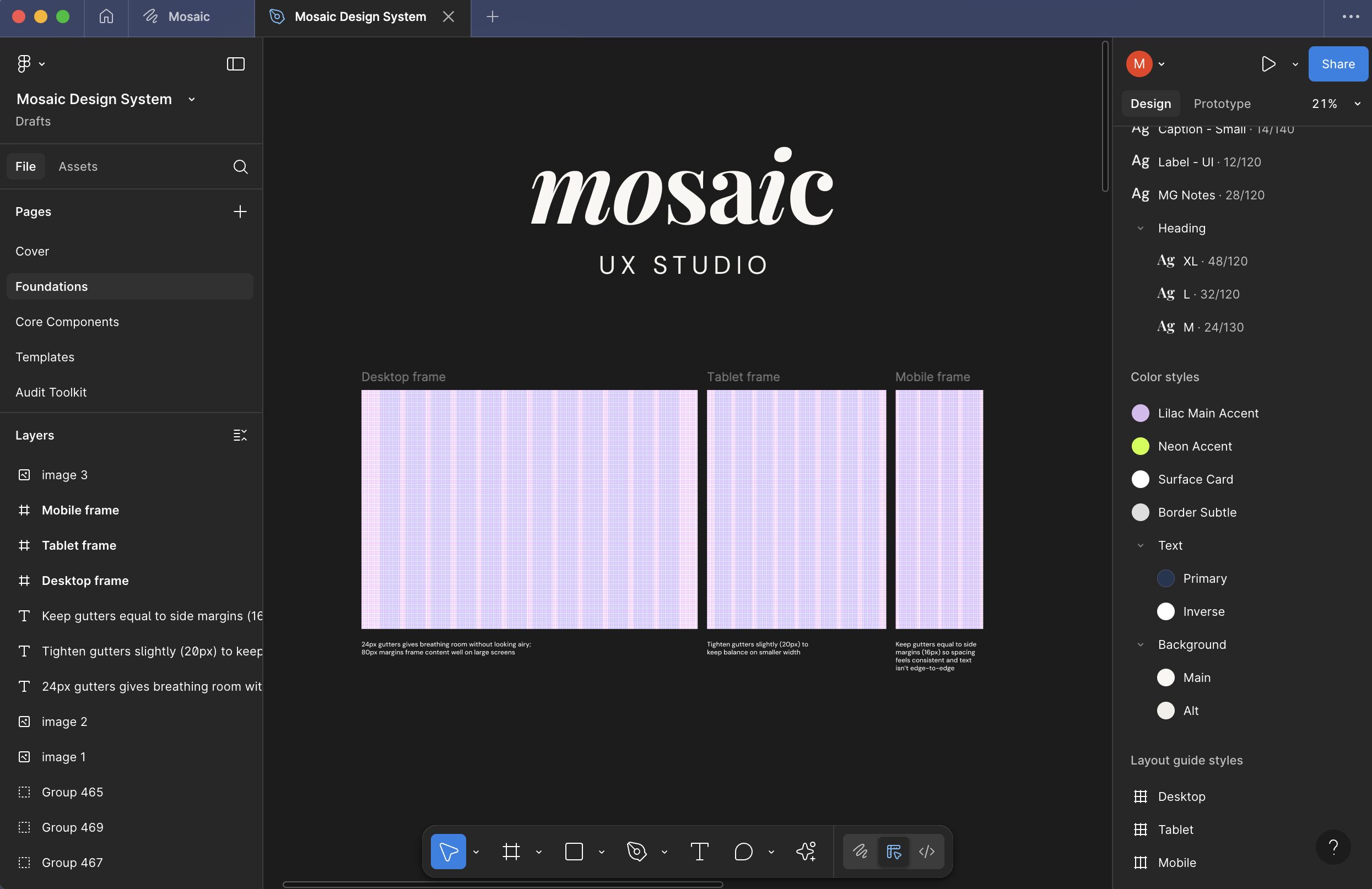

Today we’d like to introduce you to Moira Gill.
Hi Moira, thanks for sharing your story with us. To start, maybe you can tell our readers some of your backstory.
I’ve always been drawn to where design, writing, and systems overlap. I started in journalism at UNC Chapel Hill, thinking I’d go into magazines or documentary work. But I became fascinated by how people find and understand information online—and how design quietly shapes what we see, trust, and act on. That curiosity pulled me into UX.
Since then, I’ve worked across agencies, nonprofits, and large companies here in North Carolina and on global teams, helping make complex digital experiences feel more human. Over time, I realized I cared less about making things look perfect and more about the structure underneath—how content, systems, and design choices either give people agency or quietly take it away. That question—how to build technology that empowers rather than overwhelms—has guided my work ever since.
In 2025, I launched Mosaic UX, my independent studio in Chapel Hill. It’s a mix of everything I love—UX strategy, content architecture, and systems thinking—with space to explore the creative side too. I also write Mosaic Dispatch, a weekly newsletter where I share field notes on design, technology, and the messy, rewarding process of building a creative life.
Can you talk to us a bit about the challenges and lessons you’ve learned along the way. Looking back would you say it’s been easy or smooth in retrospect?
It definitely hasn’t been a smooth road. I’ve always loved what I do, but traditional work environments were hard for me to thrive in. I have ADHD, and while it gives me a lot of creativity and drive, it also made the structure of nine-to-five life exhausting at times—constant context-switching, back-to-back meetings, and expectations that didn’t match how my brain works.
When the pandemic hit, things shifted. Remote work gave me space to design my days around focus and flow, instead of forcing myself into a schedule that drained me. It was the first time I realized that I could still deliver high-quality work—and actually do better work—when I honored my natural rhythm.
That realization became the seed for Mosaic. Building my own studio has allowed me to work in ways that protect both my mental health and my creativity. It hasn’t always been easy, but it’s been the first time in my career that I feel like I’m working with myself, not against myself.
Alright, so let’s switch gears a bit and talk business. What should we know?
Mosaic UX is my independent studio where I help organizations design digital experiences that make sense—for the people who use them and the teams who build them.
That might mean auditing a product to see where users get stuck, restructuring a website so key information is easy to find, or advising a team on how to simplify their design system. My focus is always on creating order out of complexity—making sure every part of a product supports what people actually need to do.
What sets Mosaic apart is the mix of strategy and storytelling. I started in journalism, so I approach design like reporting: asking good questions, finding the real story, and shaping information so it connects. I care deeply about how technology gives people agency—and how design can protect that as products become more automated and data-driven.
Beyond client work, I write Mosaic Dispatch, a weekly newsletter that shares field notes and tools for designers, founders, and creative thinkers. It’s a space to explore ideas in progress and connect with others who believe good design should help people, not just impress them.
Are there any books, apps, podcasts or blogs that help you do your best?
I’m always drawn to books and thinkers who remind me why design matters. ‘Design for the Real World’ by Viktor Papanek is a favorite because it’s a clear reminder that design has real impact and should always serve people first. ‘Speculative Everything’ by Dunne & Raby also shaped how I think; it pushes designers to imagine different futures instead of just solving today’s problems.
On the business side, ‘Company of One’ by Paul Jarvis really influenced how I approach my work. It reframed growth for me, showing that focused, meaningful work can be just as powerful as chasing scale. I also love ‘The Almanack of Naval Ravikant,’ which distills how to build a life around clarity, curiosity, and leverage — doing the kind of work that multiplies over time because it’s aligned with who you are.
And I really admire Sinead Bovell, a futurist and tech educator who makes conversations about AI and emerging tech feel grounded, ethical, and human. Her work is a great balance of optimism and realism, which I think we need more of in this space.
Pricing:
- Content & UX Audit — starting at $3,500
- UX Modernization — starting at $6,000
- Content Strategy — starting at $8,000
- UX Strategy Retainer — $3,000–$5,000/month
- Workshops — custom engagements
Contact Info:
- Website: https://www.mosaic-ux.com/
- LinkedIn: https://www.linkedin.com/in/moiragill/
- Other: https://dispatch.mosaic-ux.com/
















